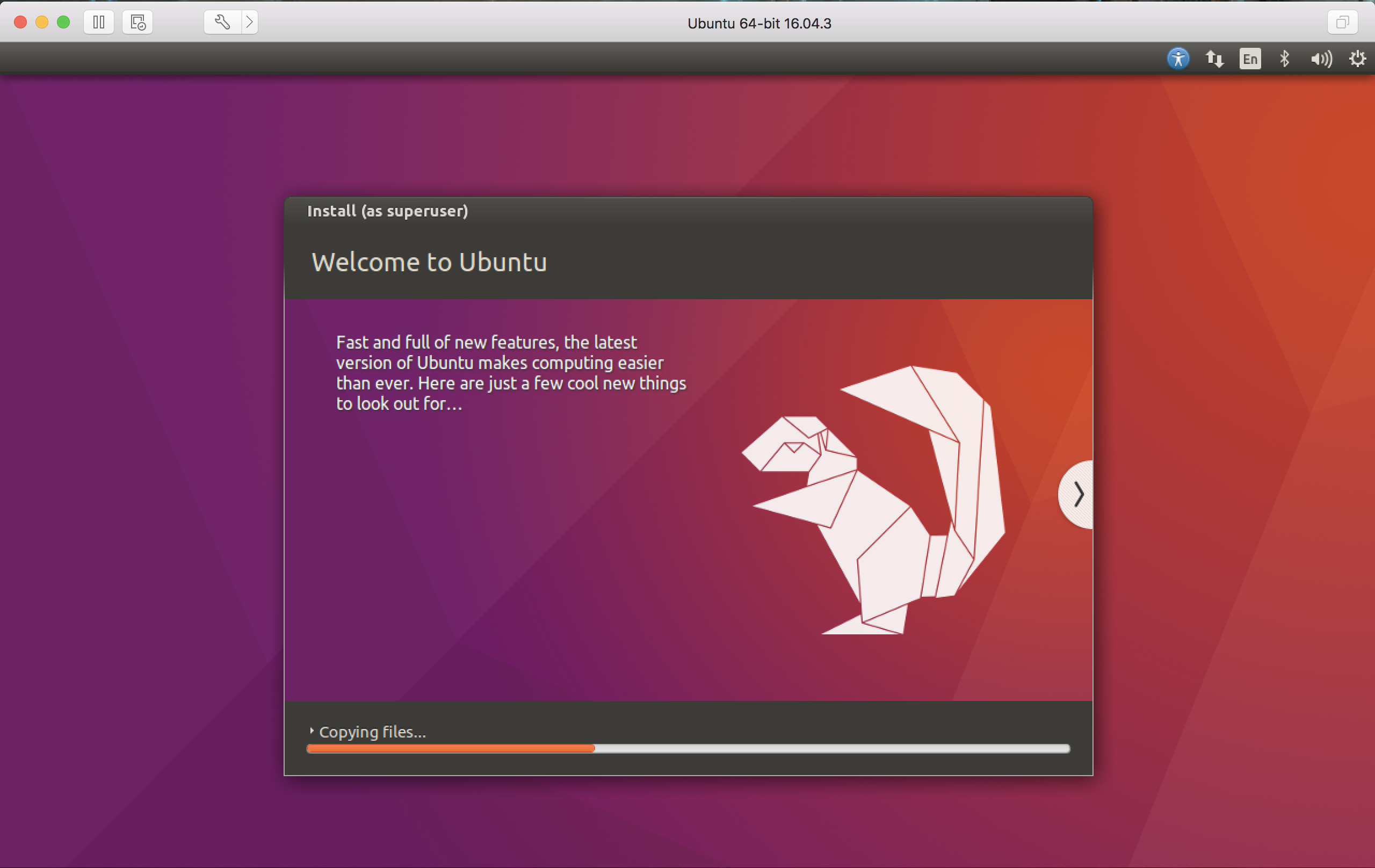
Ubuntu and many other OS currently support arm architecture, and we will use Ubuntu in this guide. You would require an ARM-supported Linux Operating system to run Linux on M1/M2-based Mac.


If you are using the UTM App on mac for the first time, I would recommend you to go to this article first:Ĭomprehensive guide to setup UTM on M1/M2 macOS Step #2 Get an ARM-supported OS iso Download the free version of UTM virtualization software for your Apple silicon.(there are other platforms available, such as Parallels and VMware Fusion). We have chosen UTM for ARM-based macOS since it is an Open source and a free solution. Here we use UTM, so you can run a complete sandbox environment inside your Virtual Machine without impacting any other files on your host-machine base OS. The virtualization platform facilitates the guest os, a Virtual environment. Guest Machine, also called Virtual Machine or VM – in our case, is Ubuntu Linux.Host Machine, in our case, this is your m1 / m2-based macOS.Software Virtualization has two primary components: Step #1 Install a Virtualization platform Install the Virtualization platform, UTM.Here are the steps at a high level before you start. To be precise, we will cover all the required steps to customize your first Linux VM to run in quickly. This guide will walk through the complete steps for configuring a Linux Ubuntu VM on M1/M2 Mac computers.


 0 kommentar(er)
0 kommentar(er)
